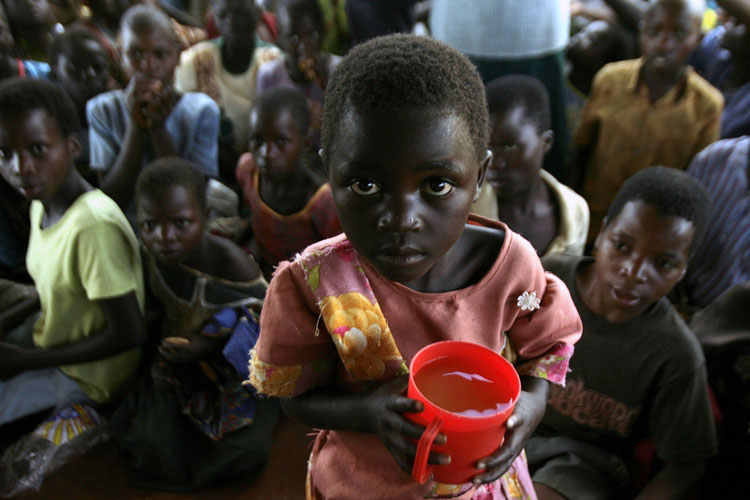The Jonglei Canal Project (JCP), first proposed in 1901, was intended to be one of the first projects initiated after the signing of the 1959 Nile Waters Agreement. (from un.org )
The purpose of the canal was to “reduce evaporation loses from the White Nile as
it moved through the Sudd, thereby increasing water supply to the North (and Egypt)” (Nicol A., 2003: 20). When completed, the canal would serve as a means to divert water from the Bahr el Jebel swamps and link up with the junction of the Sobat and White Nile at Al-Ganal, a small town south of Malakal.
In April of 1974, official plans for construction of the Jonglei Canal were announced.
The High Executive Council (Southern Regional Government, 1972-1983) agreed ‘not to
oppose’ them. This ascension by the South led to “public demonstrations against the plans in Juba which ended in the shooting of demonstrators and the arrest or flight of Regional Assemblymen opposed to the canal” (Johnson D.H., 2006: 195).
The canal itself was designed to have an average capacity of 25 million m3 per day, with
a total length of 360 kilometres and slopes varying from 7.0 to 12.5 cm/km. The width of the canal would vary between 28 to 50 meters with a depth ranging from 4 to 7 meters.
Plans included four designated crossing points in addition to motorized ferries. Lastly, the canal would be navigable by river craft and include an all-weather road along its East bank. The canal would thus serve to reduce the route from Juba to Malakal by 300 kilometres (Figure 4.1) – (Howell P.P., 1983: 291).

Construction of the canal began in the early 1980s; however, digging the main canal was
halted in 1983 due to the outbreak of civil war. The first phase of the project intended to
increase overall Nile water yield by some 4.4 bcm annually, with phase two of the project
including additional storage at Lake Albert creating an expected 7.6 bcm per year as measured at Aswan (Nicol A., 2003: 12).

